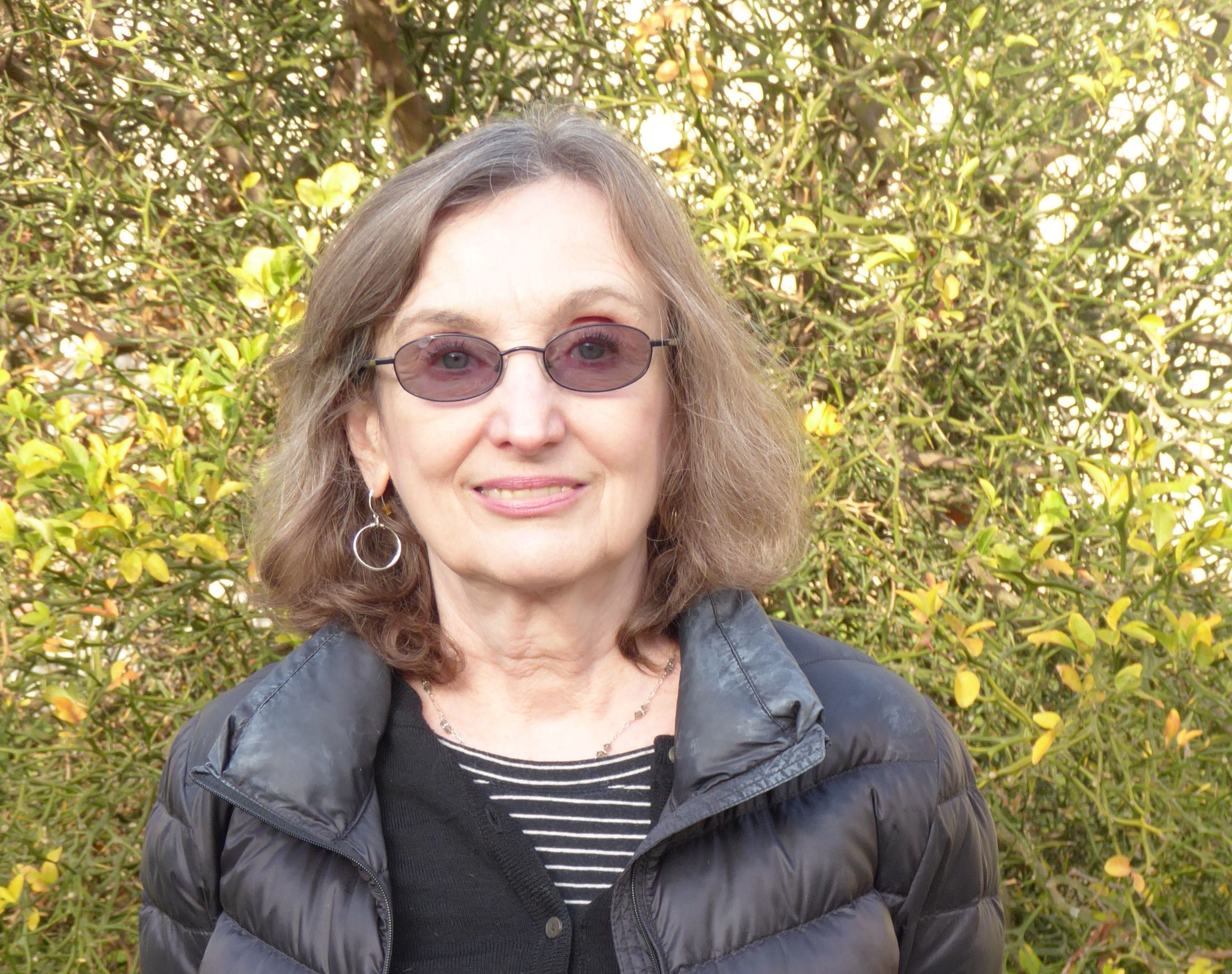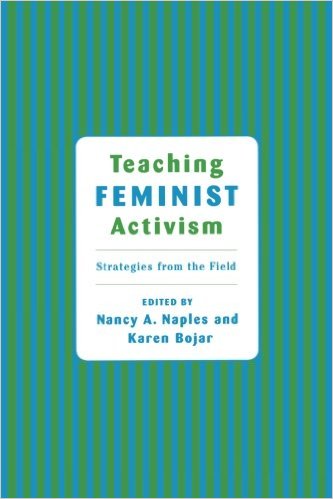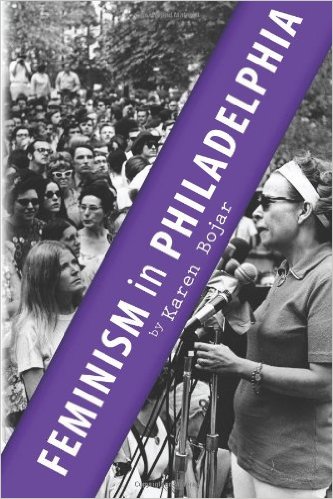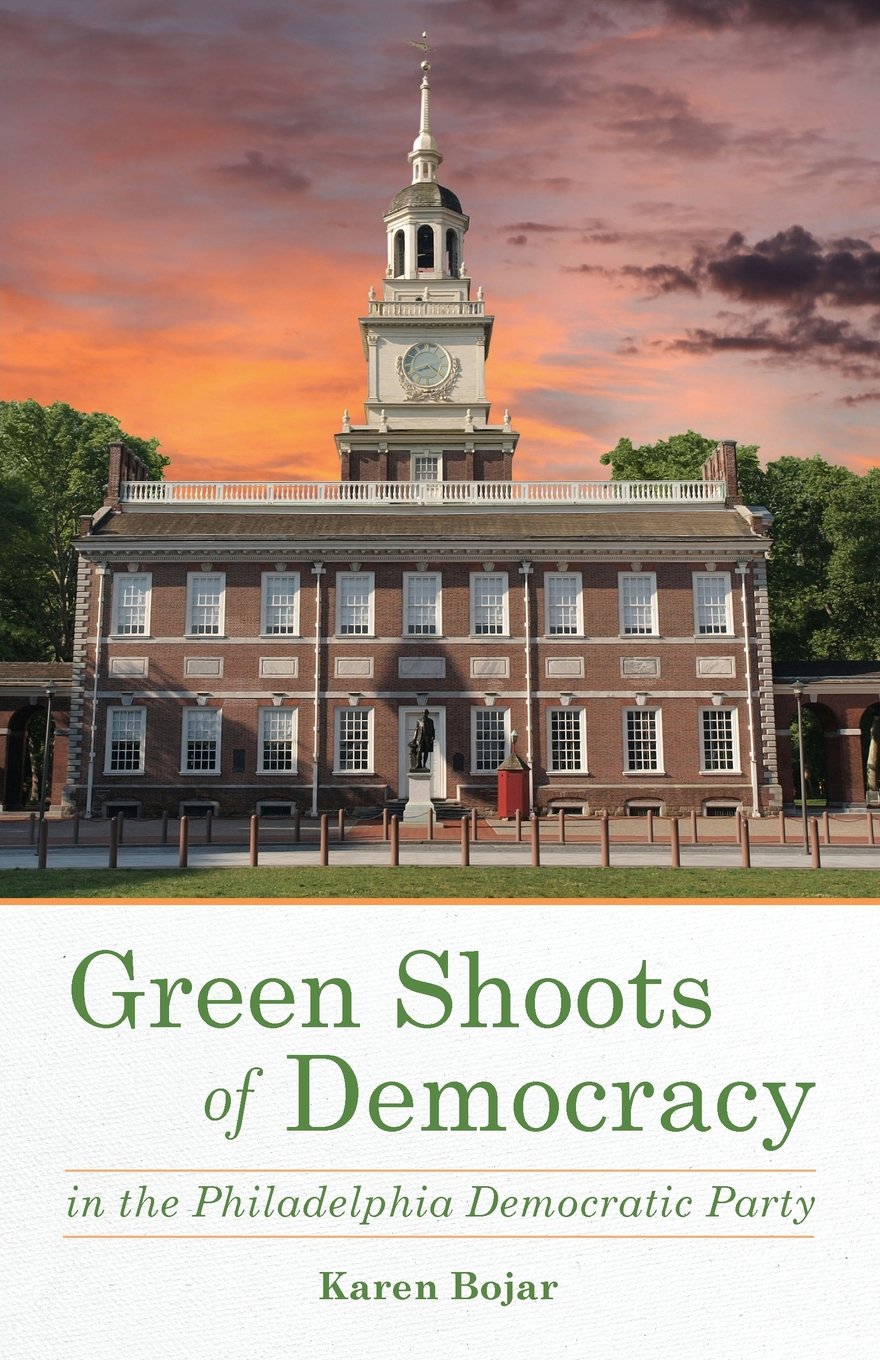 Drawing on the experiences of grassroots political activists from different socio-economic and ethnic backgrounds, Karen Bojar’s Green Shoots of Democracy explores how self-identified progressives have managed (or failed to manage) to work within a big-city political machine.
Drawing on the experiences of grassroots political activists from different socio-economic and ethnic backgrounds, Karen Bojar’s Green Shoots of Democracy explores how self-identified progressives have managed (or failed to manage) to work within a big-city political machine.
The book is based largely on interviews with progressive committeepeople and ward leaders, past and present, from neighborhoods all over Philadelphia who have been willing to share their insights about working within the Democratic Party. Bojar focuses on the work of progressives in the Philadelphia Democratic Party in these pages—but the lessons gleaned from their experiences are applicable well beyond Philadelphia’s borders.
Although Americans have a long history of volunteerism, grassroots partisan politics is often not considered a worthy volunteer endeavor―not as worthy as, for example, working in a homeless shelter or a literacy center. Green Shoots of Democracy argues for a more democratic, transparent party structure, essential to encourage idealistic young people to engage in grassroots politics, and to counter the widespread perception that electoral politics is dirty business rather than an honorable civic project.
The nascent pro-democracy movement described in Green Shoots is not the first time such a movement arose within the Philadelphia Democratic Party. Fueled by the reform movement in the Dilworth/Clark years, in the 1960s and early 1970s four of Philadelphia’s wards became open independent wards operating according to transparent, democratic principles. In 1998 largely due to demographic changes, a 5th ward entered the small group of open wards. Then progress stalled until the committeeperson elections of 2014. The 2014 movement for ward democracy was largely fueled by demographic change in gentrifying neighborhoods but also by a younger generation of political activists in the Philadelphia’s working class neighborhoods.
Green Shoots provides insight into the political perspectives of millennials interested in grassroots politics. Although millennials are reputed to be far more interested in civic participation than in partisan politics, some clearly understand the connections between the civic and political spheres and increasingly want to become involved in both.
The young activists profiled in the book are challenging the top-down modus operandi of the Philadelphia Democratic Party—which is no longer one machine but has rather fragmented into groups of competing factions. There will soon be opportunities for significant change in the Philadelphia Democratic Party, which is currently staffed by ward leaders and committeepeople already in their 60’s, 70’s, and 80’s. The current configuration cannot last much longer. Change is coming.
Although Green Shoots is intended primarily for self-identified progressives, the analysis of strategies to encourage voter participation and a voice for committeepeople in the ward structure is applicable to a broader range of political philosophies/political parties.
Green Shoots of Democracy is available at:
For more information, please see:
https://www.facebook.com/GreenShoots2016
article about Green Shoots of Democracy in the Chestnut Hill Local
Table of Contents, Green Shoots

Steve Paul, ran for committeeperson in the 17th ward in 2014

Dave Zega, ran for committeeperson in the 30th ward in 2014

Jon Geeting, ran for committeeperson in the 2nd ward in 2014

Moira Kulik, ran for committeeperson in the 36th ward in 2014

Michael Bell, ran for committeeperson in the 36th ward in 2014

Jacqueline Wiggins, ran for committeeperson in the 32nd ward in 2014

Gregory Benjamin, ran for committeeperson and ward leader in the 51st ward in 2014.
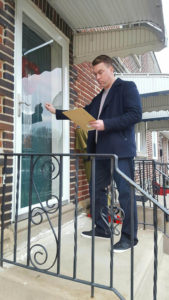
Dennis Kilderry, ran for committeeperson and ward leader in the 55th ward in 2014
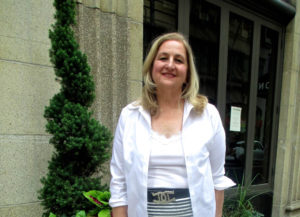
Lyn Kirshenbaum, ran for committeeperson in the 5th ward in 2014

